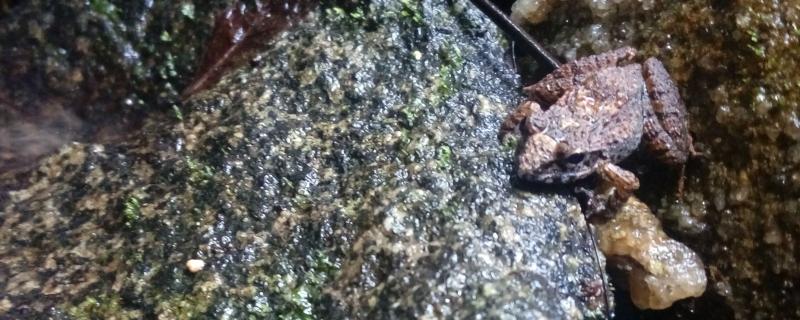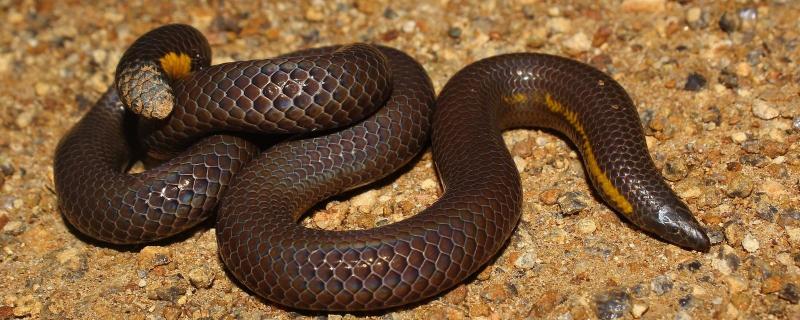Rice is the most widely consumed staple cereal in Asia and is the agricultural commodity with the third-highest worldwide production. Paddy fields are at the eye of a storm as they are a significant contributor of greenhouse gases (GHG) like methane that are known to contribute towards global warming.
ఐఐటీ బాంబే, ఐఐటీ మద్రాస్ మరియు ఐఐఐటి హైదరాబాద్ పరిశోధకులు కలిసి ఆంగ్లం నుండి అనేక భారతీయ భాషలకు స్పీచ్-టు-స్పీచ్ యాంత్రిక అనువాదం (SSMT) వ్యవస్థను రూపొందించారు.
ముంబై/










